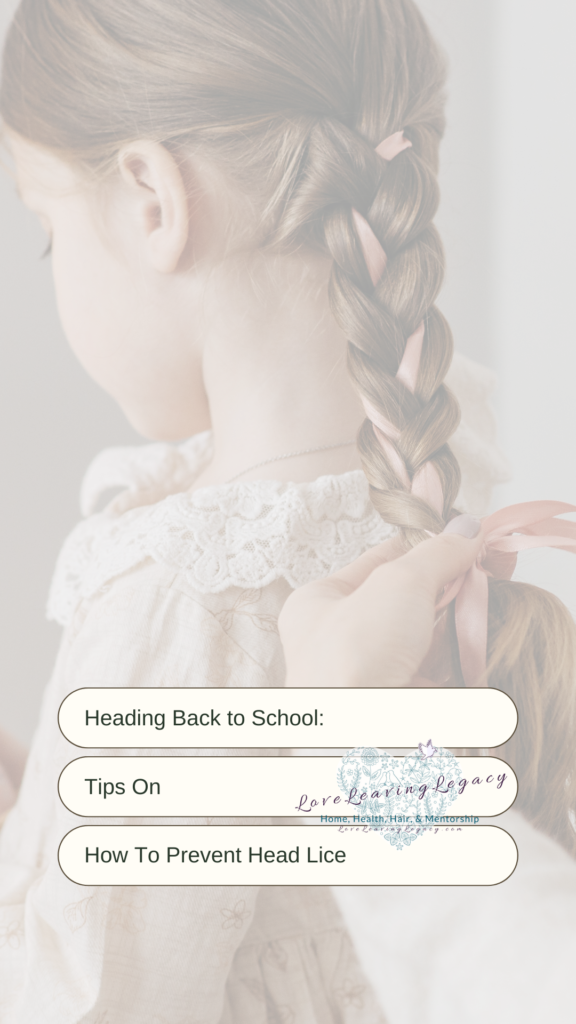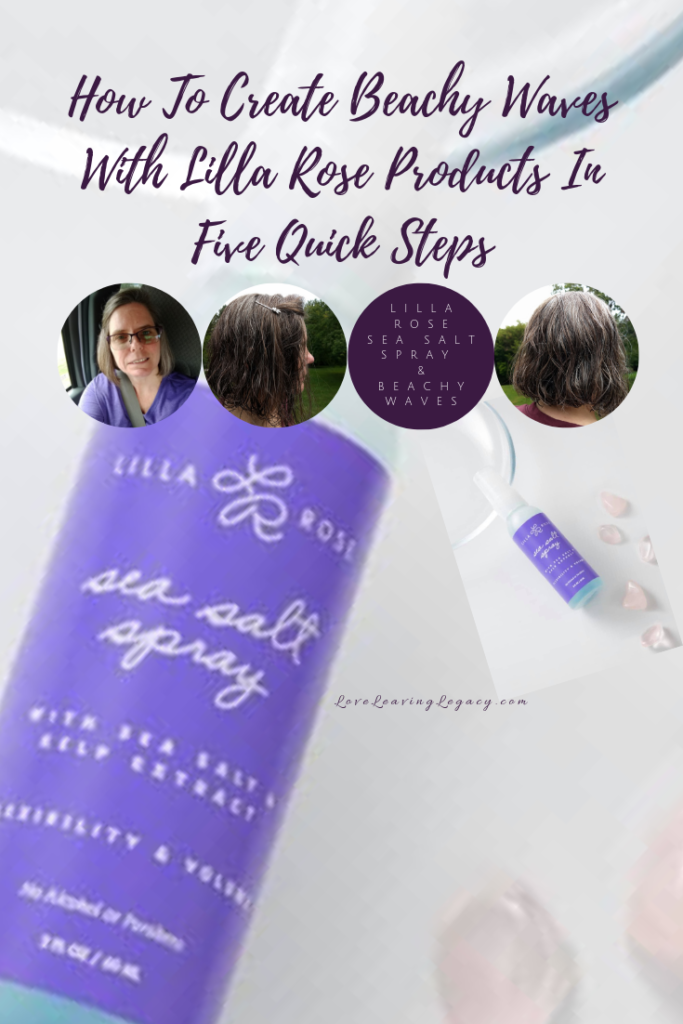Most of us desire strong, healthy looking hair. It seems like trends and fads, though, keep us chasing after the newest shiniest objects promising us health or the kind of hair we wish we had, rather than what is always best for us. Healthy hair, though, goes beyond the latest shampoo or conditioner brand promise, beyond the latest “natural healing compound”, and beyond even regular trims at the hair dresser. Healthy hair starts and grows at the root, and gaining health after a set back starts at the roots too.
What can you do besides using caution in having very tight hair styles, regular trims, conditioning, gentle brushing before washing, reduce heat tool use, and be sure you are checking ingredients of conditioners and shampoos and using the same brands of those?
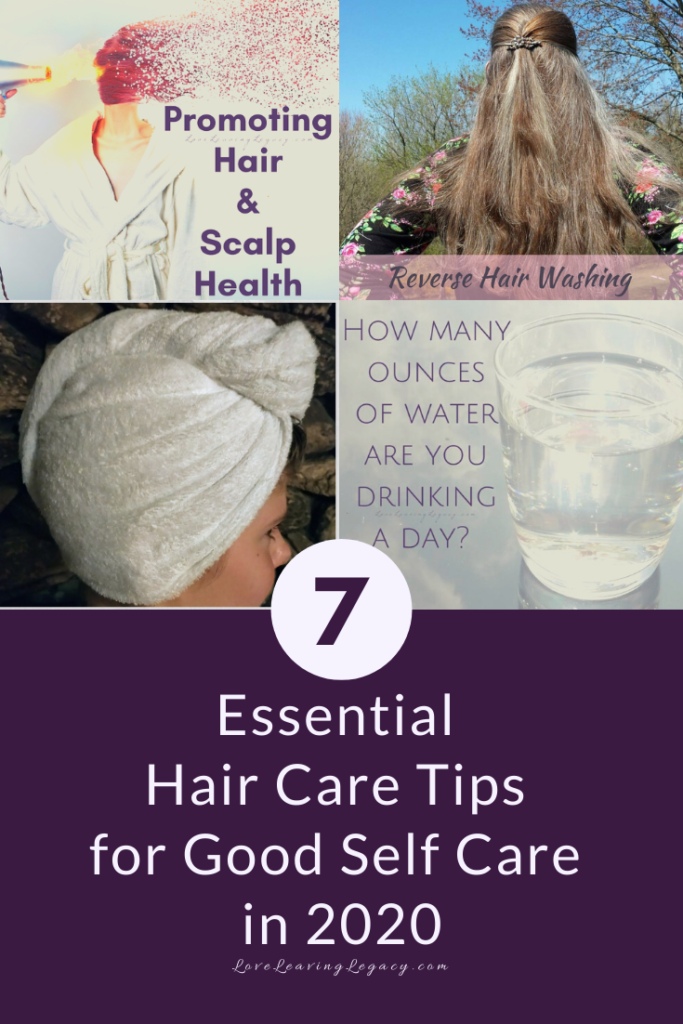
The following seven blog posts help guide us back to those roots, and interestingly, most also guide us back to general health. There are just no short cuts to gaining or retaining good health or healthy hair, I’ve learned this past year.
1. Water
As discussed in Six Ways Drinking Water Benefits Hair and Scalp there are lots of great reasons for health to generally be drinking more water. Our bodies are 2/3 water. Drinking water is superior to any other fluid intake, like soda, coffee, or other beverages.
What are the many benefits of drinking water for hair and the scalp?
First, one of the major benefits to drinking more water is a hydrated scalp, which reduces flaking, itching, and dandruff. A good shampoo helps, but hydration is important.
Second, for adequate hydration prevents hair loss and promotes hair growth. Water repairs hair and adds needed nutrients. It even makes hair shinier.
Third, increasing water intake prevents hair breakage and frizz. Especially if there is frequent chemical processing, which dries out hair, being hydrated strengthens cuticles and hair follicles.
Next, drinking more water balances hair pH, as well as filters excess toxins and minerals found in blood that affect hair health.
In addition, “Water activates all these nerve endings and other sensors in our skin and scalp that enhances the natural vitality of hair roots.”
Finally, hair hygiene also matters. Rinsing hair in cool water, rather than hot water promotes shine and gloss. Softer water makes hair more manageable, and prevents color fade.
2. Promoting Healthy Hair and Scalp in Hygiene: Infection Prevention
In Promoting Healthy Hair and Scalp in Hygiene, I discuss the dangers of going to sleep with wet hair. Going to bed with wet hair sets up conditions for a warm, moist environment for a fungal infection, especially since it takes so long for hair to dry. Scrunchie or fabric hair ties harbor fungal infection, and allows the infection to spread if it’s not washed in a hot wash/dry every few days. It also holds in the dampness and prevents air flow to the scalp. Cotton pillowcases cause drying hair to stay on a damp warm surface, thereby promoting more fungus growth.
Once a fungal infection (dermatophytes) sets up on the scalp, often called ringworm (tinea capitis), there is a red scaly rash with irregular borders on the scalp. “The fungi attack the outer layer of skin on the scalp and the hair shaft.” The infection literally cuts the hair at the follicle shaft, so hair loss is occurring. There may be itching and burning. There are photos and more information of what the condition looks like at the Mayo Clinic website.
It is contagious in that the fungus is on anything the scalp touches. This includes hair styling tools (comb/brush), elastics and barrettes and scrunchies. It includes pillow cases, coat hoods, and hats. A child who shares any of those items can also spread the infection to another child, or even to a beloved pet, as carriers of the infection. A family might also find that the infection carrier is actually that pet who could be asymptomatic!
Read more about the fungal treatments, how to handle, and prevention tips in Promoting Healthy Hair & Scalp: Ringworm Prevention Tips.
3. 23 Tips for a Healthy Scalp & Hair
In 23 Tips for a Healthy Scalp & Hair, I discuss how there are a lot of opinions about how to have a healthy hair and scalp. Not all of the advice given is based on science or research.Testing for cosmetics and hair products is done by manufacturers selling the product. The FDA gets involved only when there is a problem with a product.
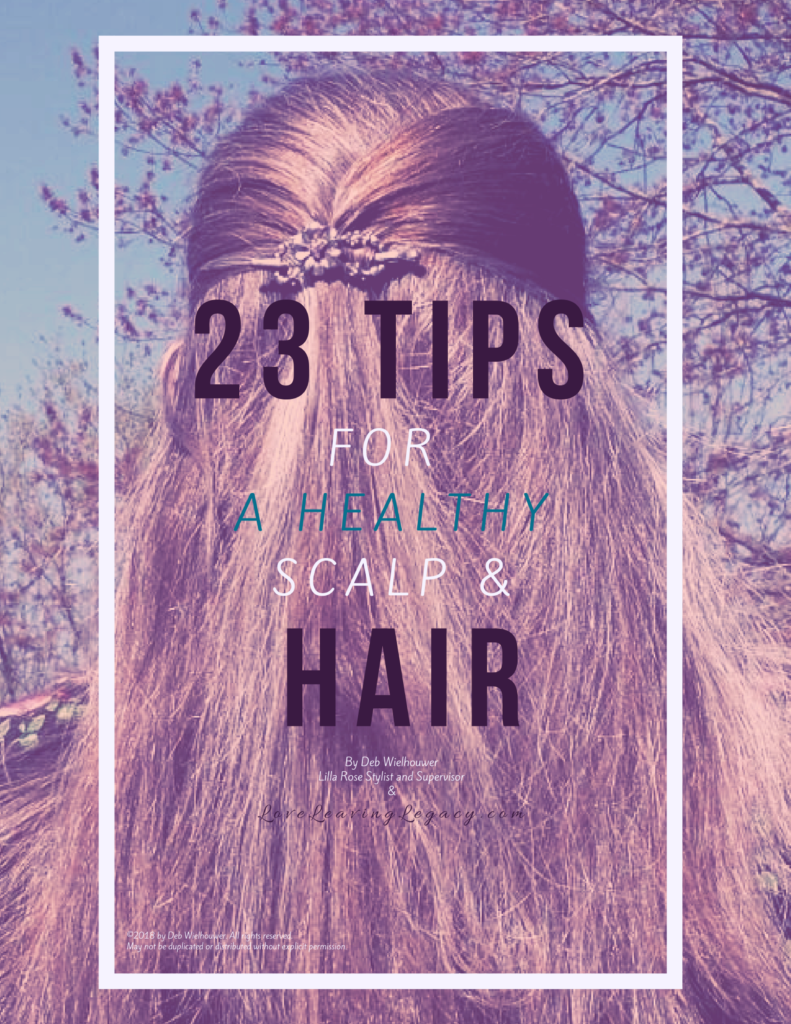
23 Tips For A Healthy Scalp & Hair
In my free downloadable e-book, I list twenty-three tips for seeking a healthier scalp and hair. The tips involve use of hair tools, how to keep the tools, towels, and pillowcases clean, best hair care practices, hair hygiene, and best health care practices in diet. You can see the full post here.
4. 9 Nutrients for Growing Healthy Hair
While I was recovering from surgery, and after my fabulous not so fashionable neuro-surgical hair cut, I needed to know what I needed to eat and be nutritionally sound to heal well, and to grow my hair back as quickly as I could. I sell hair clips as my business, after all, and hair is needed for demonstrating that.
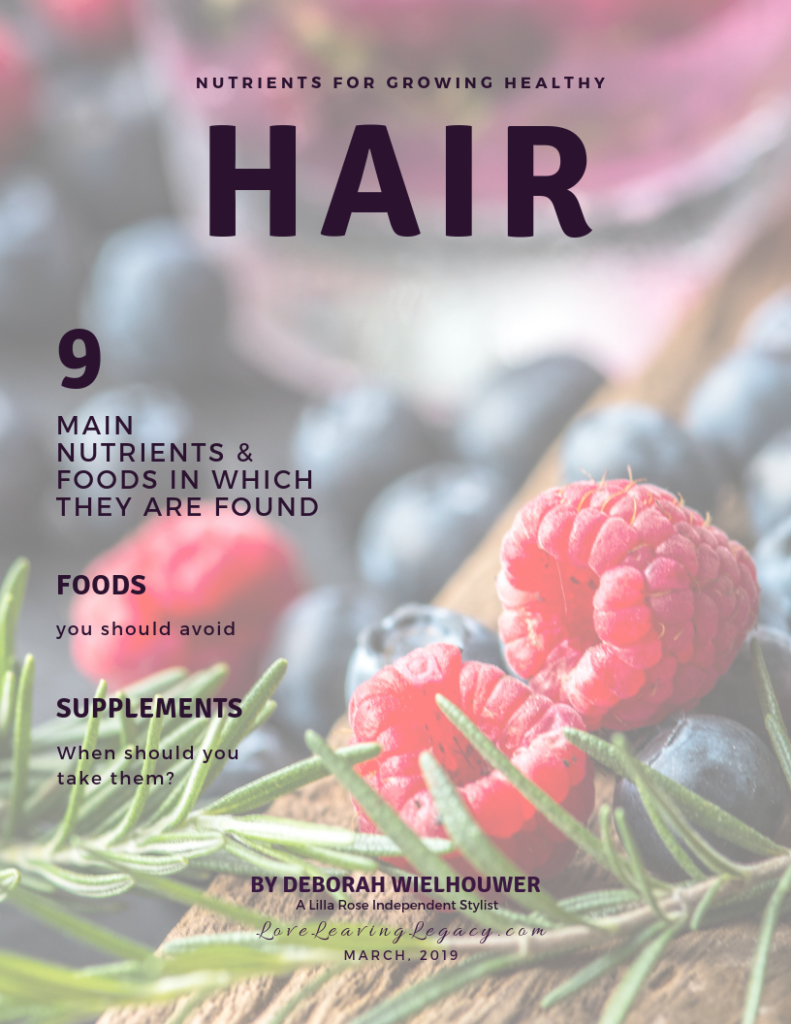
9 Nutrients For Growing Healthy Hair
In the course of that nutrition research, I wrote an e-book to share, 9 Nutrients for Growing Healthy Hair. It is has literally been how I eat, and continue to do so. Honestly, it was how I’ve wanted to eat, like a craving for good health. As it turns out what is good for hair is also good for healing. Read the full post here. This is exactly what my body also needed for gaining my physical strength and incisional healing too. This is a no fad plan.
5. Three Tools We Use For Stronger Healthier Hair
I’ve alluded before, especially in my Lilla Rose video, that our family has had various not so pretty hair issues in the past. A few years ago, we found three tools for our arsenal of better hair care leading to better hair health and two of those were recommended to us by our hair stylist. In Three Tools We Use for Stronger Healthier Hair I share those tools that benefited us.
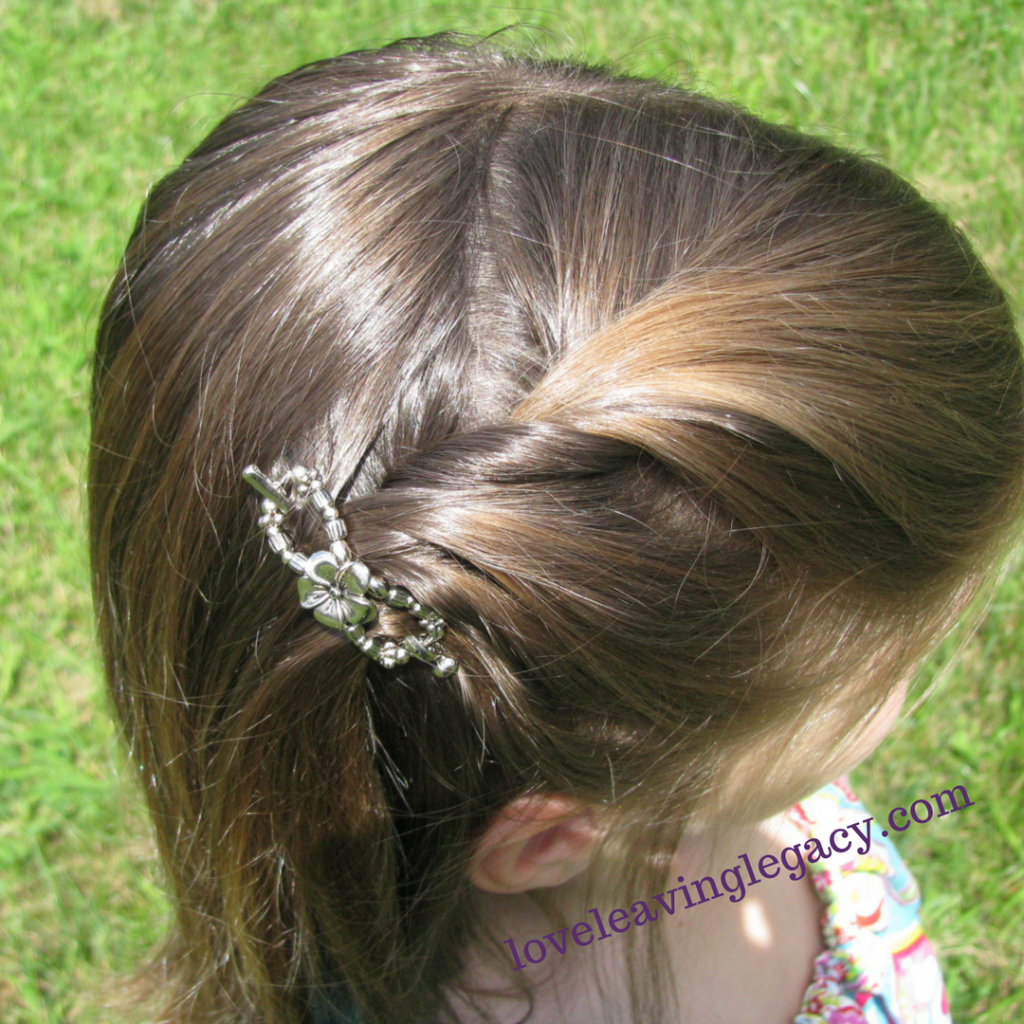
We had to gently twist A-Grape’s hair back in July/August of 2013 in order to hide a bald spot and she only had enough hair to gather into a mini Lilla Rose flexi clip.
6. Reverse Hair Washing
In early 2017, I switched to using Art Naturals Organic Moroccan Argan Oil Shampoo and Conditioner in my reverse hair washing method. I’ve faithfully conditioned, leaving the conditioner on for 3-5 minutes in the shower, and then washed. Sometimes I would condition after washing too. I stopped doing coconut oil “deep condition” treatments. I enjoy fewer fly aways, shiny, soft hair. My grays are softer and sparkle. I’ve noted, too, that while my hair is air drying, it is actually drying faster. I now use a Lilla Rose bamboo hair towel and rosewater too. Needless to say, I encourage readers to try the Reverse Wash method of hair care if you are struggling like I was with dry and breaking hair. Read more about Reverse Hair Washing here.
7. Rosewater
One of the parts of my hair care routine is to wrap my hair in a Lilla Rose bamboo cotton hair towel. Much of my hair drying now is from the hair towel, then mostly air drying during the day, and styling with Lilla Rose hair clips, hairbands or bobby pins given my long bobbed hair cut. Even if I choose to blow dry, these other two items, the bamboo hair towel, and rosewater have been serving to protect my hair from excessive heat from the blow dryer. Rosewater spray is a natural heat protectant, made only from Bulgarian organic rose petals and collected through water hydrosol. The fragrance is light and like that of a rose still on the plant, for those of us who have scent aversions, and it quickly dissipates. There is nothing overpowering.
See all The Benefits of Rosewater On Hair And Skin.
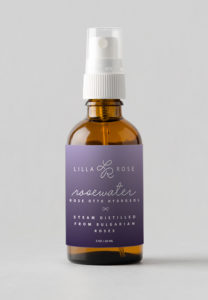
Rosewater: heat protectant and detangler
Here is to strong, healthy looking hair that grows strong at the root, just like self care in 2020.
Blessings,
Deb
Blessed is the one who is like a tree planted by streams of water, which yields its fruit in season and whose leaf does not wither-whatever they do prospers. Psalm 1:1a & 3
